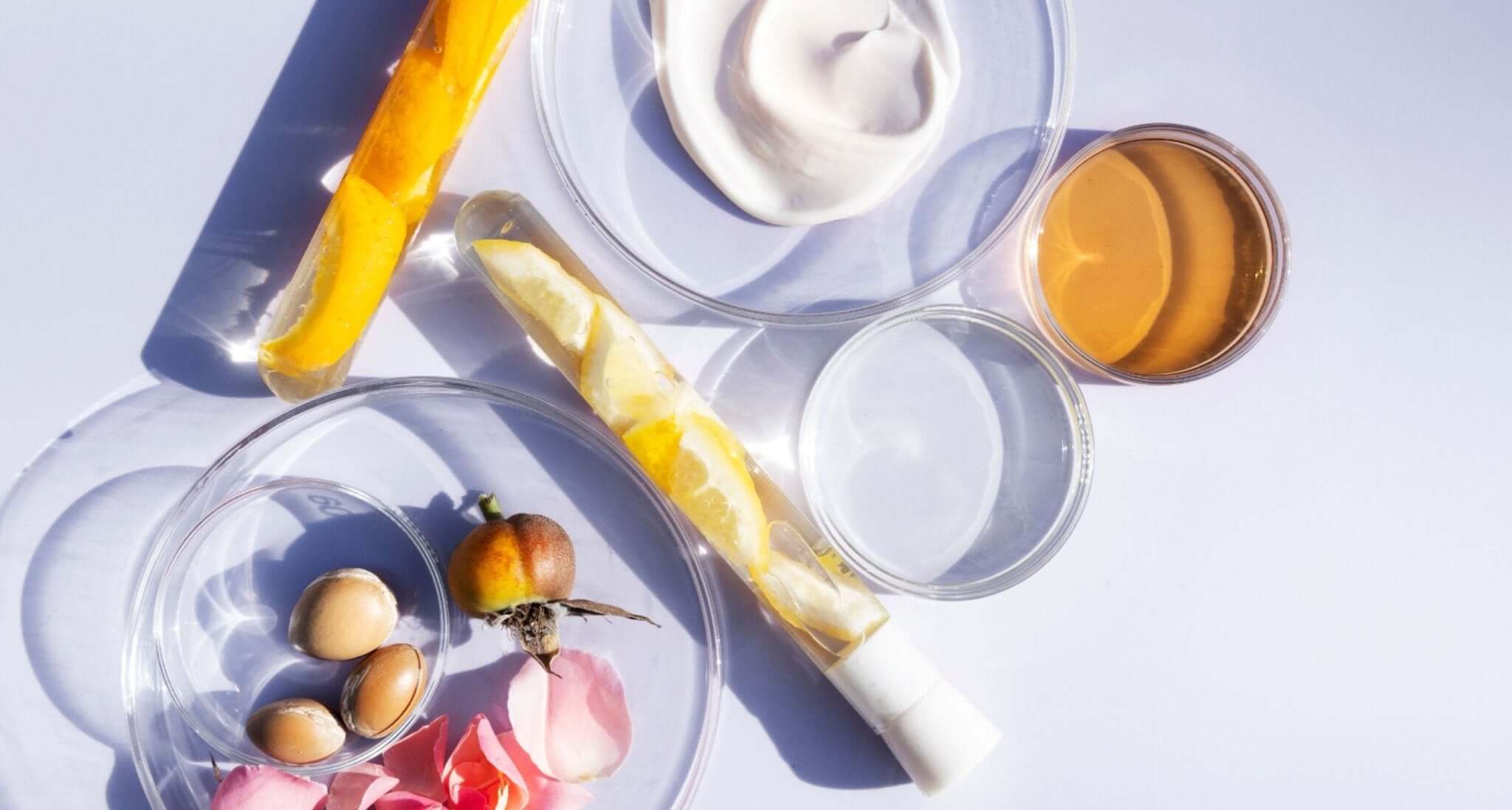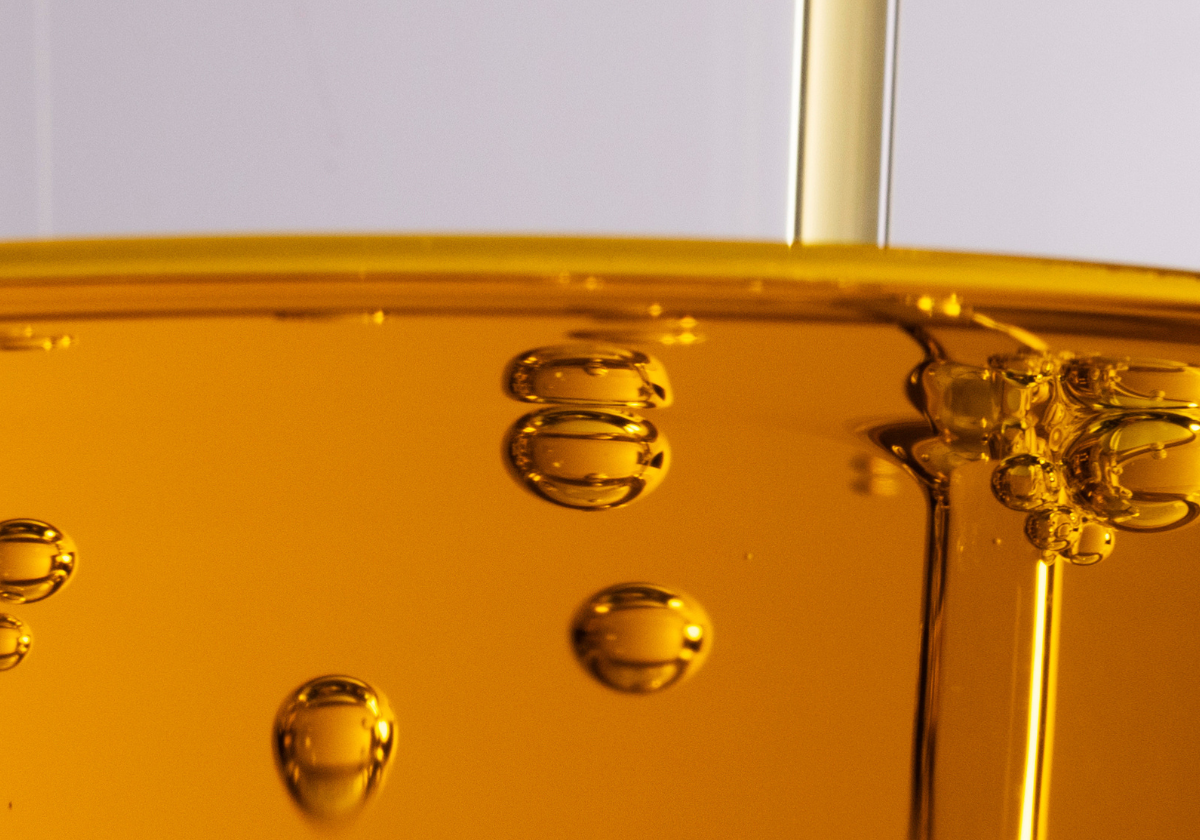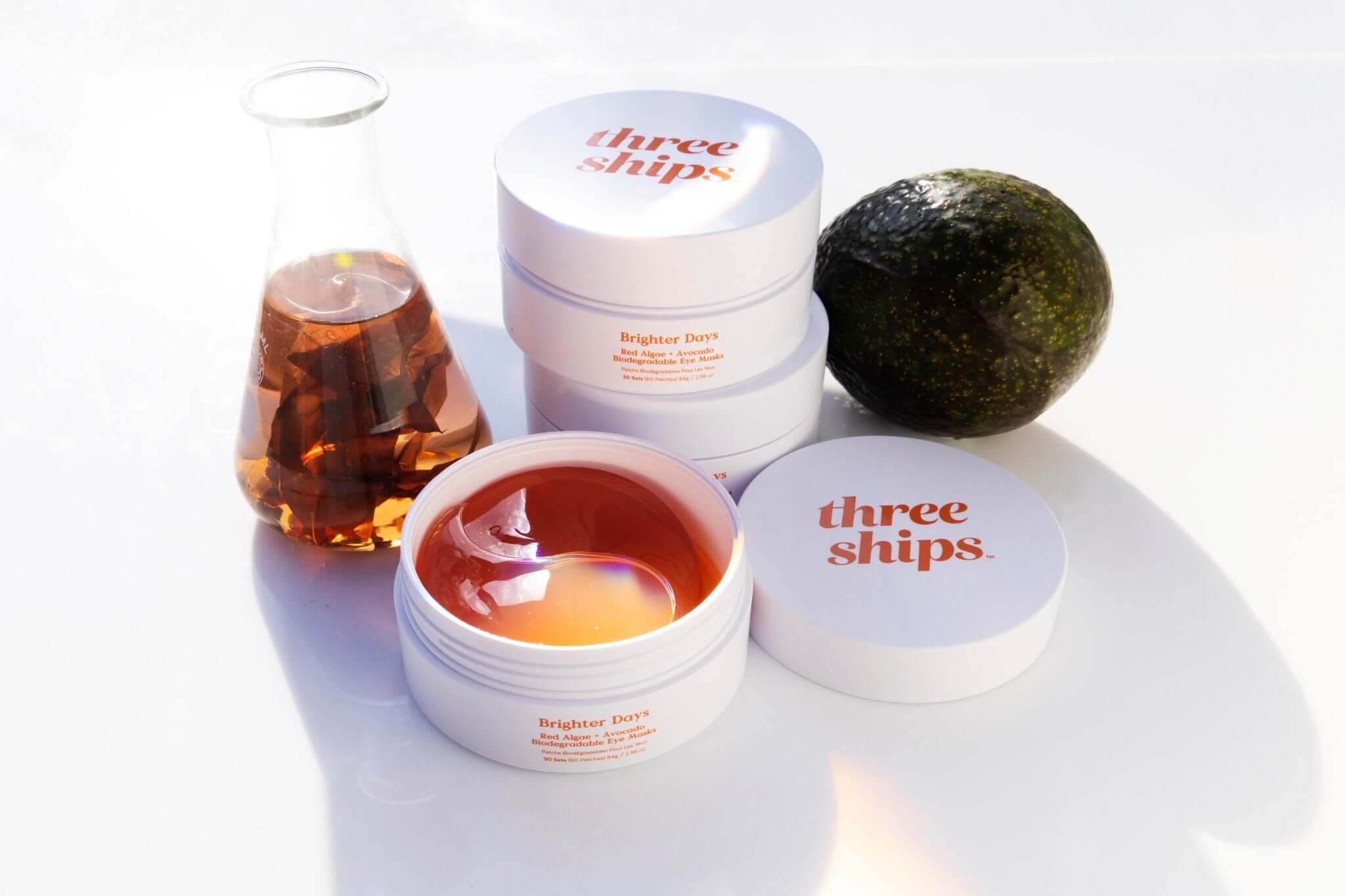How Does Lactic Acid Help the Skin?

Lactic Acid is a form of AHA (Alpha Hydroxy Acid) that is naturally occurring in the human body, can be made from glucose, and is also found in sour milk. AHAs have become increasingly popular in skincare products because of its ability to increase cell turnover, reduce hyperpigmentation and dark spots.

Sources of Lactic Acid
Lactic Acid has bigger molecules than glycolic acid, so it’s an ideal beginner exfoliant for those just starting out. At Three Ships, we source our lactic acid from fermented corn, making it safe for all people who have dairy or lactose sensitivities.
3 Benefits of Lactic Acid
- Provides gentle exfoliation: Lactic acid and other forms of AHAs help to remove keratin, which is essentially the glue that holds dead skin cells to your face.
- Increases cell turnover: By removing dead cells from the surface layer of the skin, lactic acid helps to promote the formation of healthy skin, ultimately reducing the dryness and fine lines.
- Improves water absorption of the skin: Lactic acid also serves as a humectant, meaning it draws water to the skin to keep it hydrated.

Where You Can Find Lactic Acid
You can find it in our Superfruit Lactic Acid + Multifruit 8% AHA Exfoliating Mask which contains 8% AHA (7% Multifruit Acid Blend composed of bilberry, sugar cane, sugar maple, lemon and orange + 1% lactic acid). The different blends of AHAs provide different benefits with various degrees of aggressiveness to resurface the skin and reveal a natural glow. Lactic acids are pregnancy-safe and this percentage of AHA is right on target to show results after the first use!
If you liked this article then you will like How Fruit AHA Blend Can Brighten Your Skin.
Sources:
Role of topical emollients and moisturizers in the treatment of dry skin barrier disordersMechanisms of Skin Hydration
Skin hydration: a review on its molecular mechanisms
Moisturizers: reality and the skin benefits
Cosmetic and dermatologic use of alpha hydroxy acids
Hydroxy Acids: Production and Applications
Skin Care with Herbal Exfoliants
The Roles of PH and Concentration in Lactic Acid-Induced Stimulation of Epidermal Turnover
Comparative Effectiveness of α-Hydroxy Acids on Skin Properties
0 comments





